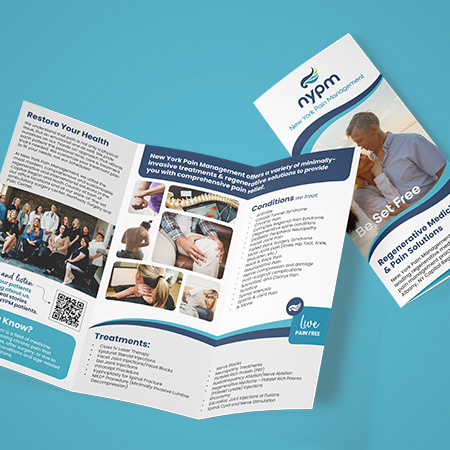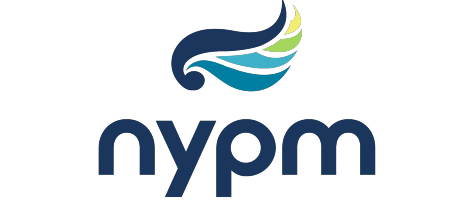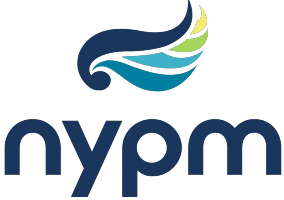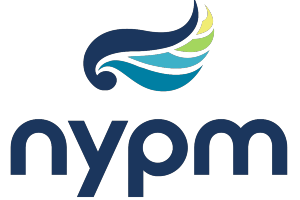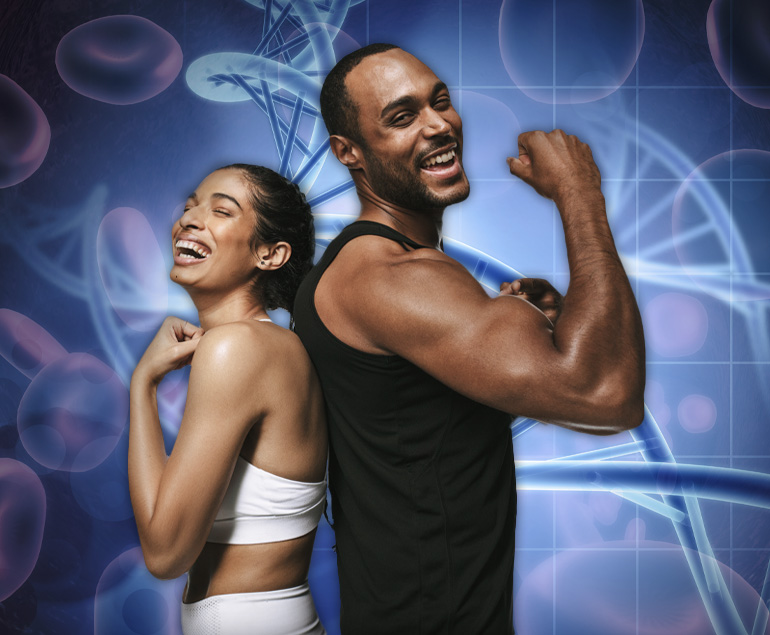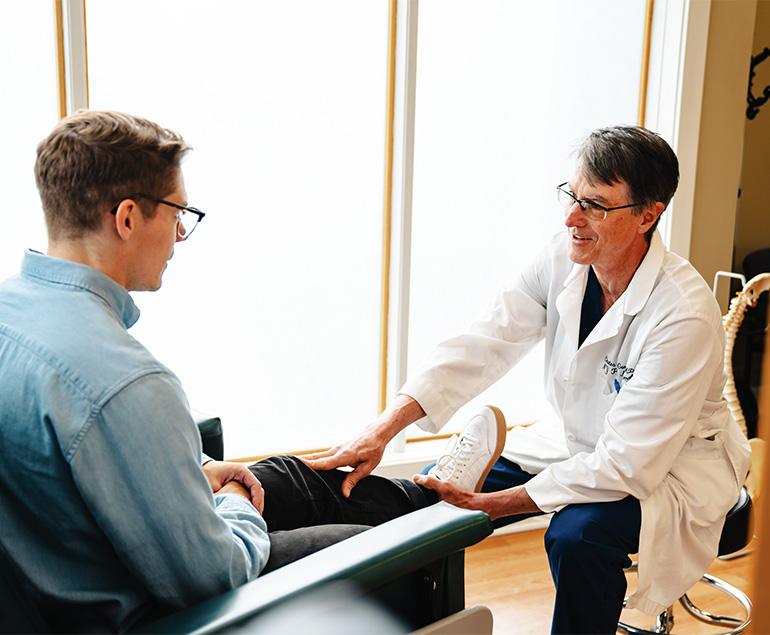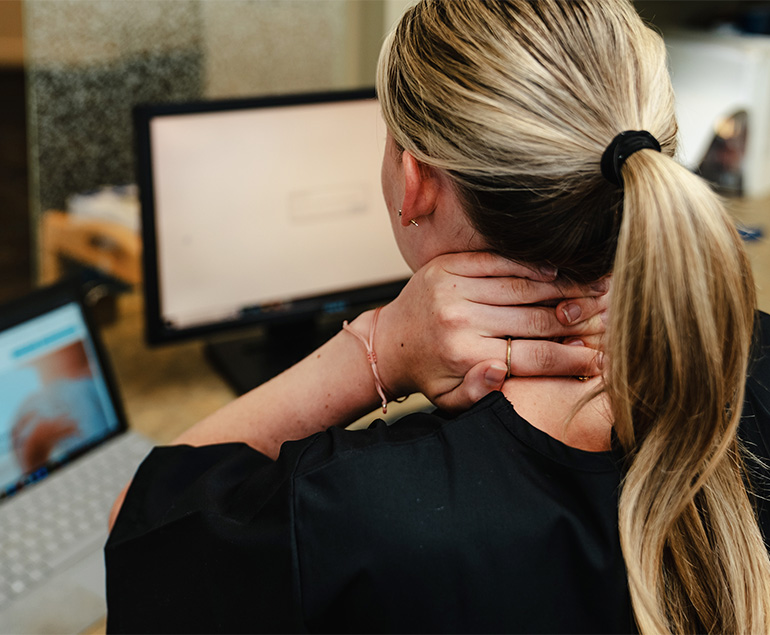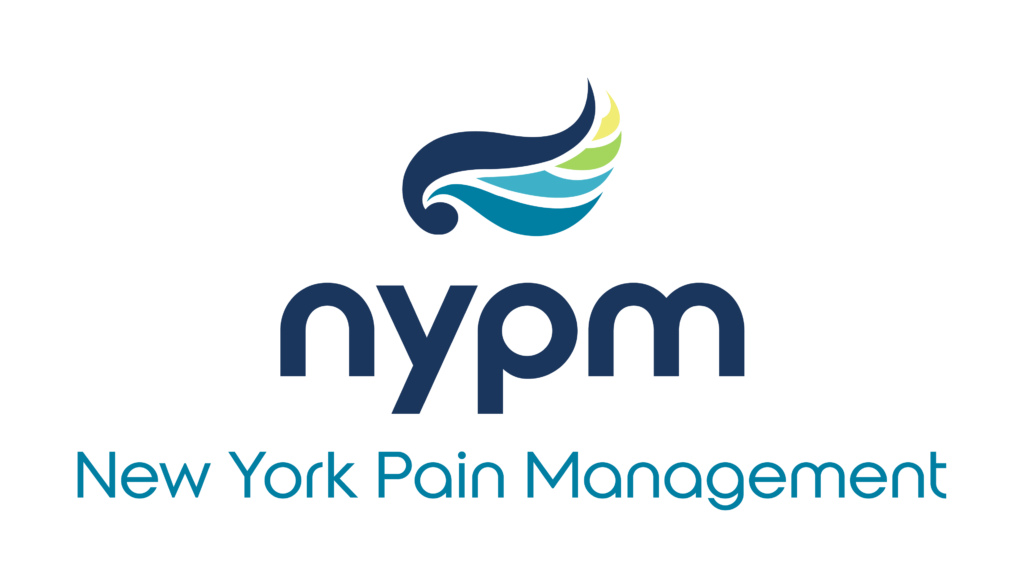Sports & Joint Pain
Every year, there are 8.6 million sports-related injuries in the United States, affecting 34 people out of every 1,000. If you find yourself among these numbers and dealing with persistent pain, don’t wait to get help. The goal at New York Pain Management is to help active athletes and weekend warriors find relief and return to their sport of choice as quickly and safely as possible. If you’d like to get back to your active life, call or use the online booking tool to schedule an appointment.
What are the Most Common Sports Injuries?
The human musculoskeletal system is incredibly strong, but it can only withstand so much. Sports participation adds extra stresses that often push this system beyond its limits, which leads to injuries such as:
- Joint pain-Knee/Hip, Shoulder, Elbow, Hand/Wrist, Ankle/Foot
- Gel Injections
- Muscle injuries and strains
- Ligament Injections
- Tendonitis or tendon injuries
- Golf and tennis elbow Runners Knee
- Runners Knee
- Steroids
When Should I See a Pain Specialist for a Sports Injury?
For an athlete, sports injuries are more than just a nuisance. Being sidelined from the activities you enjoy the most can be incredibly frustrating, especially if your pain is persistent and nagging. This chronic pain not only prevents you from participating in the sport of your choice; it also hampers your ability to function normally in everyday life.
Whether you’ve had your sports injury treated by a doctor, or you’ve tried to let your body heal on its own, if you’re still dealing with pain, it’s time to see an interventional pain management doctor at New York Pain Management.
How are Sports Injuries Treated?
At New York Pain Management we make it our mission to find ways to remedy the pain that often accompanies sports injuries. They use the latest techniques and medicine, including:
- Class IV Laser Treatment
- Discography
- Epidural injections
- Gel Injections
- Kyphoplasty for vertebral fractures
- Nerve blocks
- Radiofrequency denervation
- Regenerative medicine, including platelet-rich plasma therapies (PRP)
- Spinal cord stimulation
- Steroid injections
Your doctor may recommend one or more of these treatments combined with physical therapy to strengthen your sports injury to prevent re-injury.
These treatments are meant to relieve your immediate pain and provide you with long-lasting results that allow you to get back to your active lifestyle as soon as possible.
If you have a nagging sports injury that’s causing you pain, call NY Pain Management or fill out the form online to schedule an appointment.
For more information on the services and treatments NYPM provides, please click on applicable topic below:
Class IV Laser Treatment is an advanced laser technology that works to eliminate pain and reduce inflammation in the body in a safe, painless, and non-invasive way. This therapy utilizes dual wavelengths of infrared light to penetrate deep into the tissue and stimulate regeneration at the cellular level.
The Class IV Laser Treatment aids in the quick recovery of sprains & strains, improving the structure and function of an injured region; swollen areas and surface injuries, such as wounds and ulcers. There are no known side-effects from treatment and the benefits of treatment include: rapidly reduced pain, strong anti-inflammatory, and improved blood circulation.
NYPM is proud to be on the medical technological forefront by offering Class IV Laser Treatment. We have invested in the very best technology as a key component of our continuing quest to offer you the finest in health care. Learn more about the benefits of Class IV Laser Treatment – click here.
Gel injections are a type of treatment used to relieve knee and joint pain. Gels are made up of a substance that is similar to the fluid that surrounds the joints, called hyaluronic acid. This acid helps to lubricate the joints and provide cushioning. The gel is injected into the knee joint, where it can help to reduce pain and improve mobility. These injections are beneficial to your tissues by lubricating and providing an environment in which tissues can heal. Other joints may be amenable to gel injections, but knees are the most commonly injected joints.
Golfer’s elbow is not as common or well known as its cousin, tennis elbow. Both are forms of elbow tendinitis, which causes inflammation and pain. The difference is that tennis elbow stems from damage to tendons on the outside of the elbow, while golfer’s elbow is caused by tendons on the inside. Laser therapy can reduce inflammation and swelling and speed recovery time.
Any joint in the body may be injured or develop arthritis through overuse, age related damage, obesity, medical disease. Diagnosis through physical exam and history, followed by diagnostic imaging and/or testing is the starting point. This may be followed by therapy, ice and heat, laser therapy and possibly diagnostic and therapeutic injections with local anesthetics and possibly steroids. Gel injections and Platelet Rich Plasma (PRP) injections may be necessary.
A torn or strained ligament is a painful injury that may be accompanied by swelling and bruising. It usually occurs due to extreme force to a joint, such as with a fall or another high-impact event. Common ligament tears happen in the ankle, knee, wrist, thumb, neck, or back.
A ligament is a tough band of fibrous tissue that connects bone to bone. It also connects bones to cartilage, a key element of the joints in your body. Ligaments are quite strong but can be stretched or even torn. This results in various grades, or levels, of sprain injury. This can occur with a fall, a sudden twist, or a blow to the body.
These injuries are common during athletic activity, since joints are in constant motion and under a lot of stress. Ligaments in the ankle, knee, and wrist are commonly affected. A grade 2 sprain may need a brace to support it. This allows for healing of the partial ligament tear. How long you need to wear it will vary based on the specific injury. A grade 3 sprain may require surgery to repair the ligament.
Once the pain and swelling start to improve, at New York Pain Management we may recommend an MRI, physical therapy, laser therapy or and possibly Platelet Rich Plasma(PRP) injection to try to heal the ligament. The recovery time can be a few weeks or up to a year, depending on the severity of the ligament tear.
Muscle strains are common, painful injuries. You can usually treat them at home with rest, icing and over-the-counter medicine. If you’re feeling pain for a few weeks after your injury or have severe symptoms, call us to schedule a consultation. see your healthcare provider. If pain persists, physical therapy, laser therapy and muscle injection may be needed.
What is a muscle strain? A muscle strain is an injury to one of your muscles that causes it to tear. They’re one of the most common injuries, especially among athletes. Strains are classified with three grades to indicate how severe they are.
What is the difference between a muscle strain and a pulled muscle?
There’s no difference between a strained muscle and a pulled muscle. People use the terms interchangeably. The same is true for a strained muscle and a torn muscle. They’re the same injury with the same symptoms and treatments.
PRP injections are becoming more widely known for their success in helping to heal injuries and manage arthritis pain. Coupled with laser therapy we are seeing long lasting and beneficial results. At NY Pain Management we offer PRP injections as part of a comprehensive treatment plan for patients managing chronic pain, tendon or ligament injuries and arthritic pain. The understanding of and implementation of PRP restorative techniques is rapidly growing and an exciting avenue of treatment. To learn more about the benefits of PRP injections, call or schedule an appointment online today.
Runner’s knee is the common term used to describe any one of several conditions that cause pain around the kneecap. It may be caused by running or any activity that repeatedly stresses the knee joint.
Conditions that can cause Runner’s knee include anterior knee pain syndrome, patellofemoral malalignment, chondromalacia patella, and iliotibial band syndrome. According to the Harvard Medical School, runner’s knee is more common in women than in men, particularly in women of middle age. People who are overweight are especially prone to the disorder.
What are the symptoms of runner’s knee?
The hallmark of runner’s knee is a dull, aching pain around or behind the kneecap, or patella, especially where it meets the lower part of the thighbone or femur. You may feel pain when walking, climbing or descending stairs, squatting, kneeling, running, or sitting down or standing up.
Other symptoms include swelling and popping or grinding in the knee. In the case of iliotibial band syndrome, the pain is most acute on the outside of the knee. This is where the iliotibial band, which runs from the hip to the lower leg, connects to the tibia, or the thicker, inner bone of the lower leg.
What causes runner’s knee?
The pain of runner’s knee may be caused by irritation of the soft tissues or lining of the knee, worn or torn cartilage, or strained tendons.
Inflamed and irritated tissues from many different causes are a major source of pain. Mild inflammation after an athletic event is part of our body’s attempt to heal minor injuries to our tissues after athletic events. It is the body telling us to rest and heal. Many activities involve repetitive stress to our muscles, joints, ligaments and bones. Poor technique and inadequate poorly sized equipment contribute to the damage. Inadequate or poorly sized footwear is a classic of knee, back, hip and foot inflammation in athletes and non-athletes.
Steroids and anti-inflammatory medications are helpful in decreasing pain or in diagnosing the source of pain, but when overused, can promote chronic injury. In fact, excessive steroid injections can decrease joint and cartilage healing promoting degenerative changes. Excessive anti-inflammatory use can irritate the stomach and cause kidney damage.
At NY Pain Management these issues are considered when introducing steroids and anti-inflammatory agents. We quickly move toward progressive and regenerative therapies to promote healing and return to activities with physical therapy, platelet rich plasma (PRP), laser therapy and Gel injections.
Tendonitis is inflammation of the thick fibrous cords that attach muscle to bone. These cords are called tendons. The condition causes pain and tenderness just outside a joint. Tendonitis can occur in any tendon. But it’s most common around shoulders, elbows, wrists, knees and heels. Most tendonitis can be treated with rest, physical therapy, laser therapy and medicine to reduce pain. Long-lasting tendon inflammation can cause a tendon to tear. A torn tendon might need surgery. Laser therapy can reduce inflammation and swelling and speed recovery time.
